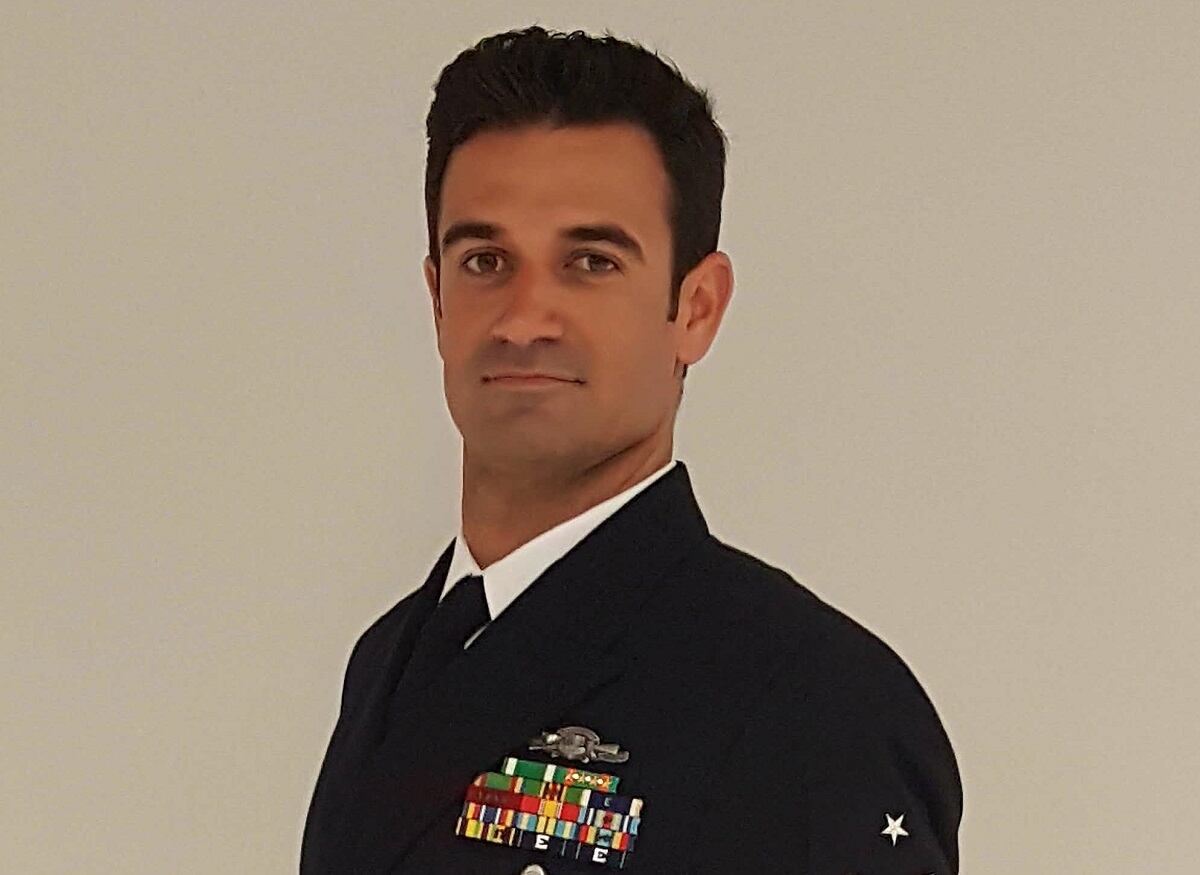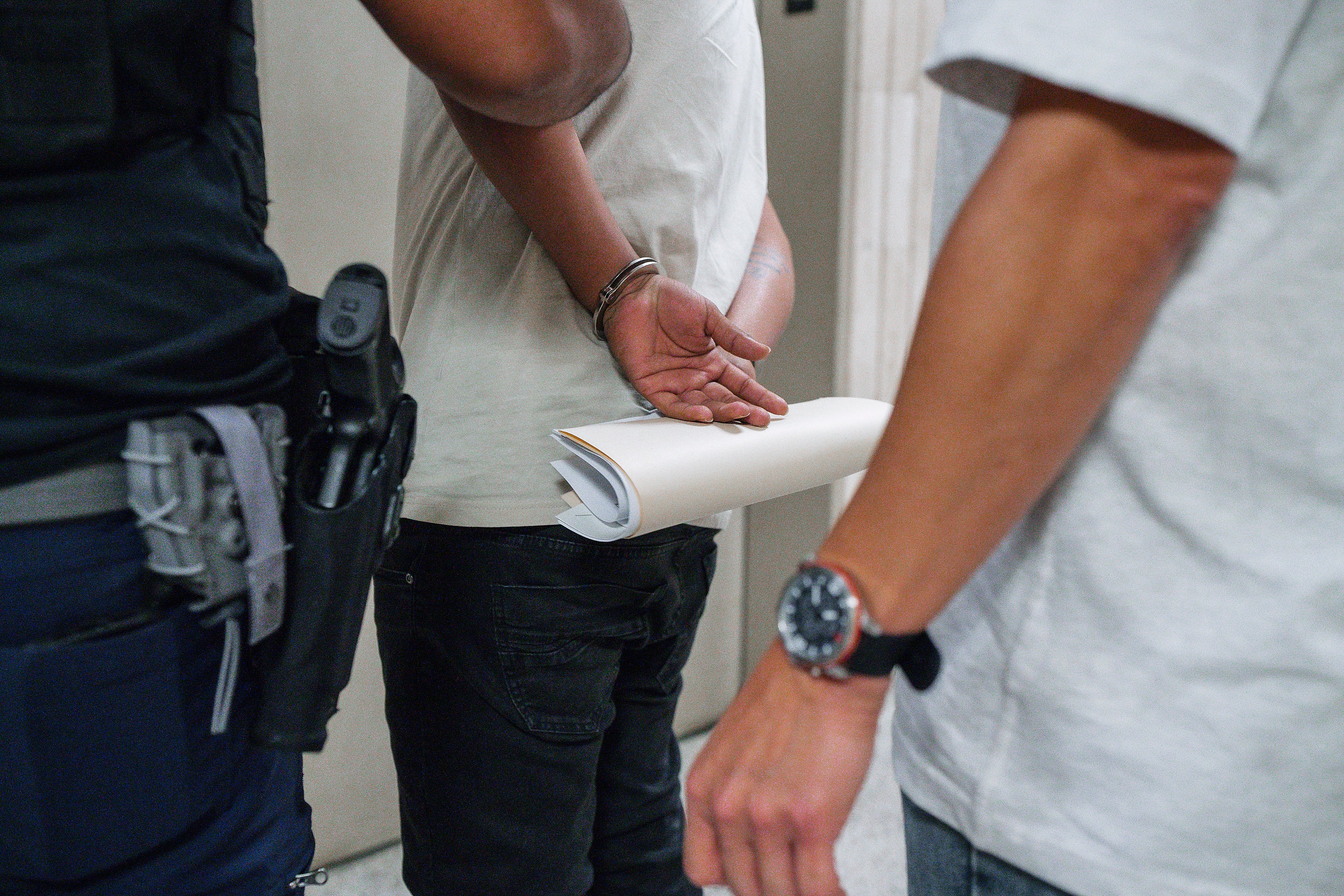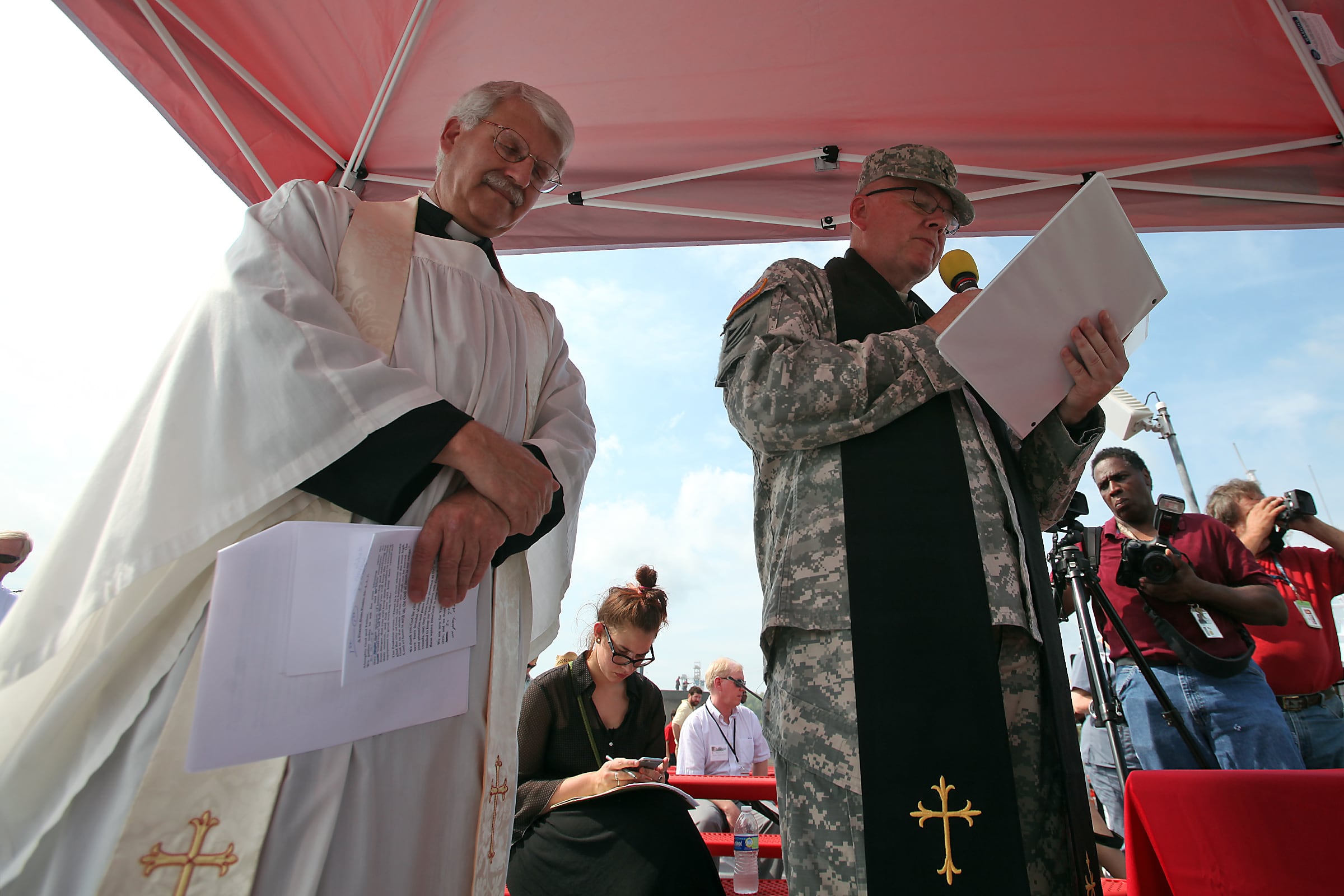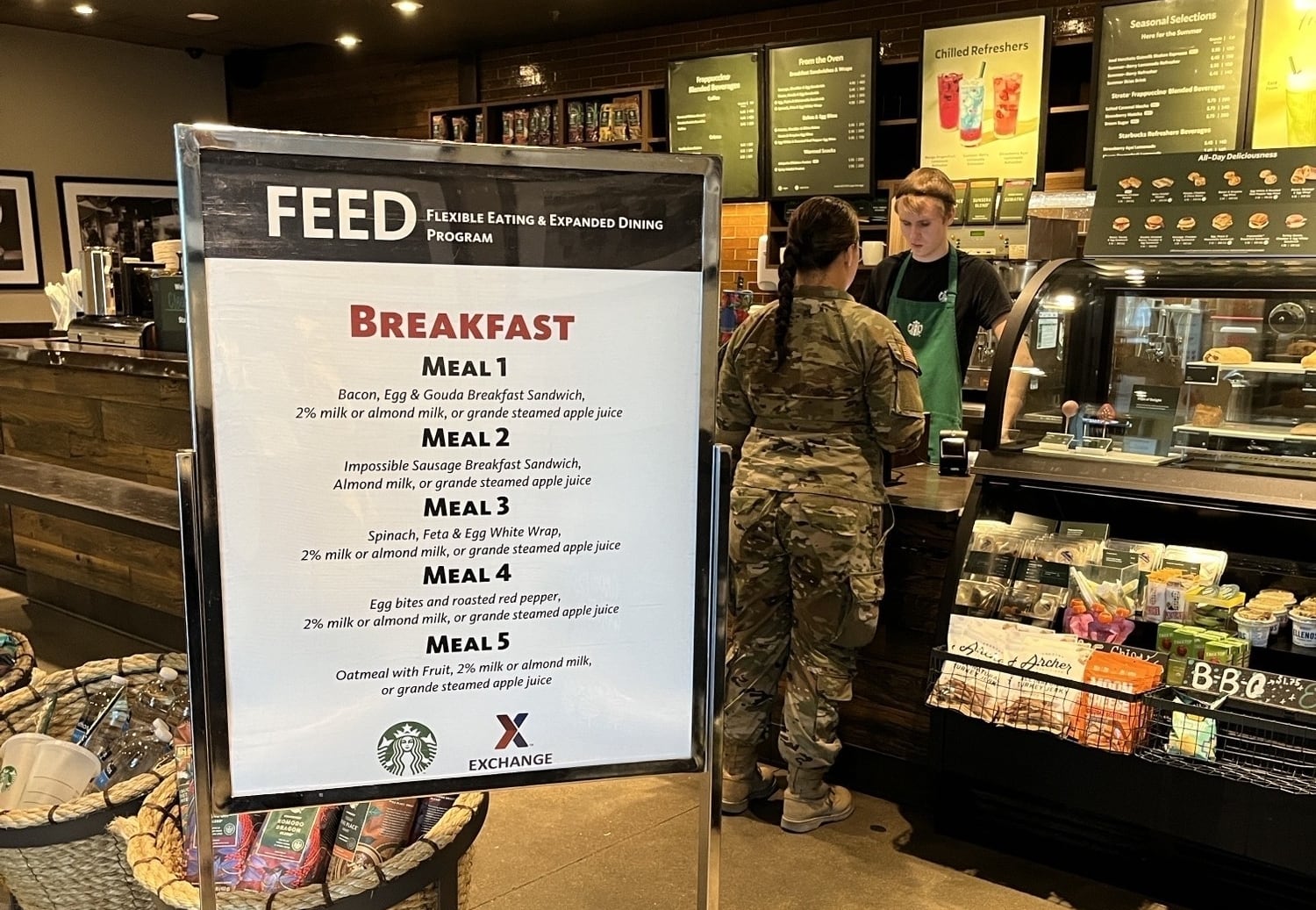In his almost two decades with the Navy, Senior Chief Hull Maintenance Technician Mario Pais had occasionally administered first aid. But nothing like this.
That didn’t stop Pais and his team from helping to save the life of a 19-year-old civilian mariner whose leg was severed while out sailing with friends.
Pais, 38, and three others assigned to Explosive Ordnance Disposal Training and Evaluation Unit One were retrieving equipment off the coast of San Diego March 26 when they heard a distress call over the Coast Guard channel. An individual had sustained a leg injury and was bleeding.
One of Pais’ team members recognized the coordinates were close to their own location, and they spotted two boats across the channel. The sailors then approached the two vessels — a whale watching tour boat and a smaller, inflatable boat with a fiberglass hull — in their own 9-meter rigid hull inflatable boat to confirm the distress call had originated with one of them.
It had.
The whale watching tour boat made the distress call as it was returning from an outing with passengers, so Pais said he cross-stepped from their RHIB onto the vessel with the victim and four other mariners, all between the ages of 19 and 22, to find the situation much more dire than he anticipated.

“It was definitely more than a bleeding leg,” Pais told Navy Times. “The victim’s leg was completely severed. It was severed off from the boat propeller and it was only holding on by what looked like, just maybe a small tendon. … But you could see everything: the bone, muscle, tissue, everything, it was completely shredded.”
A doctor from the tour boat was already tending to the civilian mariner and had applied a makeshift tourniquet when Pais arrived on the scene. But Pais promptly took control of the situation, applied another tourniquet, spoke with the injured civilian, and directed another passenger to drive the boat to the pier.
Pais recalled the civilian mariner, whose name the Navy is not releasing, said he didn’t care about losing his leg — just that he didn’t want to die — and was worried he would in fact die if he fell unconscious. Although Pais was initially concerned the civilian mariner would go into shock, he remained conscious as they moved toward shore and Pais kept up a conversation to keep him alert.
Once they got pierside, Harbor Police applied another tourniquet and the victim was wheeled off on a gurney, Pais said.
“His leg did end up getting amputated … it’s kind of a tragic thing, right?” Pais said. “He’s 19-years-old and lost his leg.”
Pais is waiting to see the young man for the first time since the incident as he recovers from surgery and physical therapy, but they have stayed in touch the past several weeks.
“At some point I know that the two of us are going to get together, you know, just to kind of hug it out and do that stuff,” Pais said. “So, that’s what’s going to be the most rewarding experience.”
Despite the initial shock of finding the injury was far more severe than originally conveyed, Pais said the training from the Navy’s combat first aid course kicked in and enabled him to take control of the situation. Pais, who has served in the Navy nearly 20 years, has completed the course multiple times during his career.
“I was able to effectively, you know, essentially save this kid’s life from the training that I had received working in this community for the last two decades,” Pais said. “Honestly, had I not had that type of training, I don’t know how well I would have handled that situation.”
Although Pais said he had implemented the training from the combat first aid course in previous instances, such as to help someone who suffered a heart attack in a parking lot, this was the first time he’d encountered such a serious injury.
Pais’ actions improved the young man’s chances of suviving the traumatic injury, the Navy said.
His advice to other sailors who find themselves in a similar situation?
“Biggest thing that I think helped was just staying calm and again not getting that tunnel vision, and just remembering to kind of use situational aware[ness],” Pais said.
“It all really comes back to just being knowledgeable in your job,” Pais said. “Always be striving to be the best at your job. Never be content with the status quo. Always be trying to learn and get better.”
Pais knows that he and his fellow sailors — Chief Boatswain’s Mate Zackery Plett, Operations Specialist Chief Petty Officer Mario Delapena, and Electronics Technician First Class Michael Tamano — may be decorated for their actions.
But that’s not what motivated him and is fellow sailors to intervene, he said.
“None of us were looking for any kind of award for this,” Pais said. “Honestly, the award that I was able to get was being able to talk with [the civilian mariner] and actually continue to keep a relationship with him.”





